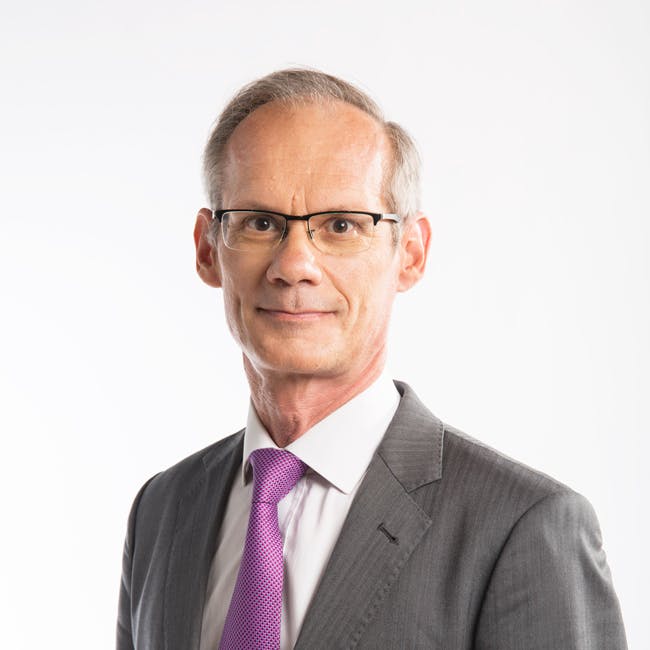Exploration & Production: meeting the essential needs of populations while reducing the Company’s emissions
The Exploration & Production branch has announced several projects this year. Nicolas Terraz, President, Exploration & Production at TotalEnergies, explains how essential these projects are and how they fit into the Company’s emission-reduction strategy.

Nicolas Terraz, President,
Exploration & Production,
TotalEnergies
© HAZGUI Laurent - CAPA Pictures - TotalEnergies
Why is TotalEnergies continuing to develop oil & gas projects?
Nicolas Terraz: Our vocation in Exploration & Production is to produce energies, oil and natural gas, to contribute to a reliable power supply at a competitive cost and thereby meet the essential needs of populations. Even if the transition is well under way, the world today still needs today’s energies, which comprise 80% fossil energies. Continuing to invest in new oil & gas projects is crucial to maintaining the balance between supply and demand, and therefore an acceptable cost. Oil demand should peak by 2030 before subsiding, however, that decline has clearly not yet begun, and the International Energy Agency actually forecast a 2% increase in oil consumption in 2023. As regards supply, production from current fields is naturally declining by about 4% every year, and this trend must be offset to meet demand and uphold competitive prices. That is why we continue to invest in new oil & gas projects, but they are all subject to strict costs and emissions criteria. They must have a total cost of less than $20 per barrel of oil equivalent (boe), or a breakeven of less than $30/boe, and a greenhouse gas emissions intensity lower than the average of our current asset portfolio. This should enable us to consistently improve the Company’s scope 1 and 2 emissions.
How will Exploration & Production contribute to Totalenergies’ emission reduction targets?
N. T.: We are already contributing to those targets and all the Exploration & Production teams are mobilized to achieve them. Greenhouse gas emissions in our branch stood at 19 million tons (Mt) of CO2 in 2015, and that figure dropped to 14 Mt in 2022, i.e. a reduction of more than 25%. Each of our production sites has drawn up a carbon footprint reduction roadmap, and its application is monitored on a regular basis. There are actually two main sources of greenhouse gas emissions in Exploration & Production: flaring and fuel consumption on our facilities, which is the main source of emissions. On our operated facilities, routine flaring was reduced by 75% between 2015 and 2022, and we are committed to totally eliminating it by 2030. As regards fuel consumption on our facilities, energy efficiency programs have been deployed on each site. In early 2022, we also set tangible, ambitious targets for our methane emissions: - 50% by 2025 and - 80% by 2030 decade-on-decade, for all our operated activities. Finally, in addition to the efforts made to reduce our emissions, Exploration & Production is also working to offset the Company’s residual emissions through CO2 storage (CCS) activities and the development of natural carbon sinks (nature-based solutions).
What actions are you deploying in other sustainable development sectors?
N. T.: I think I’d start with people’s well-being in the broadest sense of the term. We have a significant responsibility toward our stakeholders and toward local communities in particular. We have always taken care to maintain stakeholder dialogue throughout our operations, and to put respecting human rights at the heart of our concerns, as well as sharing the value created. As regards the environment, we are now focusing specific attention on biodiversity, and all our sites have action plans to conserve and even enrich it. This is the case in Uganda right now, where our teams are proactively involved in the biodiversity program. The regions in which we carry out our projects are not wastelands, and our projects can, and must, contribute to protecting the local environment and improving biodiversity. We can make a really positive contribution in that area, and that’s what makes our projects even more attractive.
